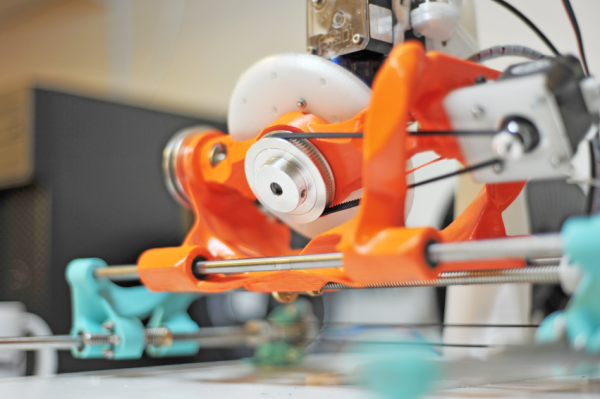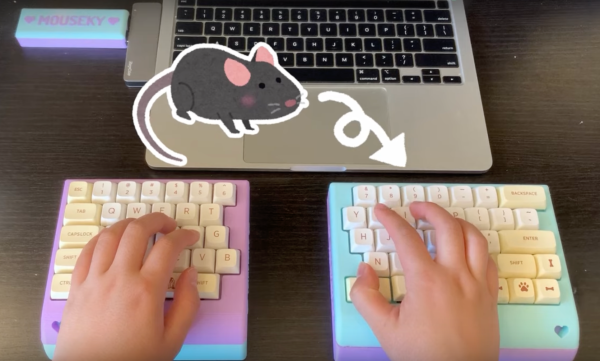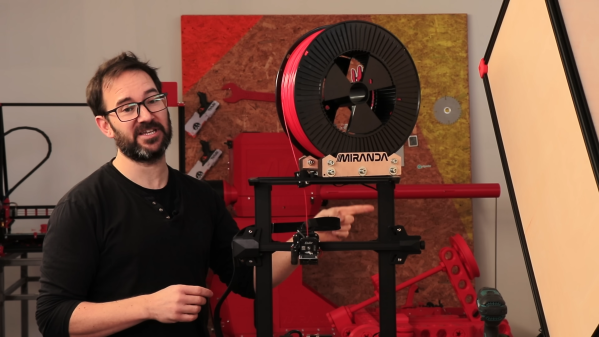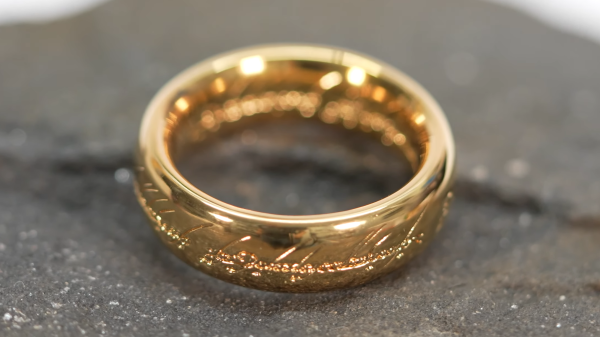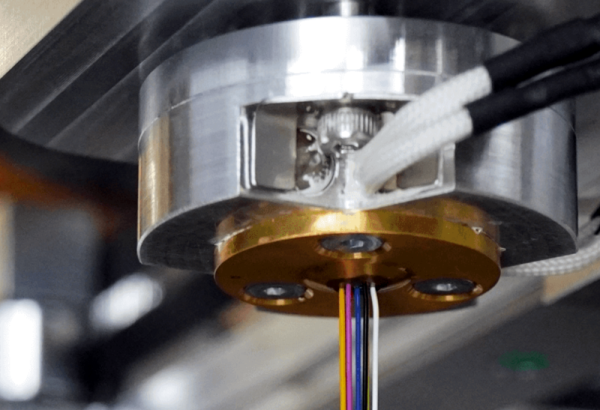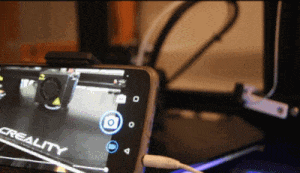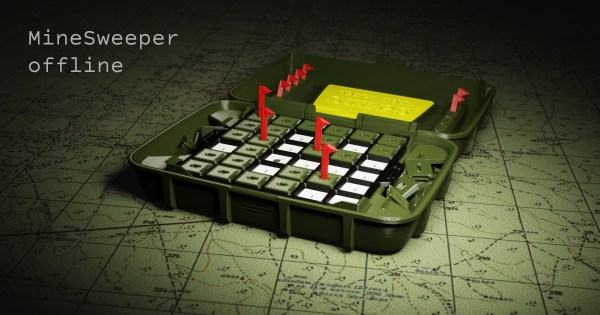RepRap 3D printers were designed with the ultimate goal of self-replicating machines. The generatively-designed Gen5X printer by [Ric Real] brings the design step of that process closer to reality.
While 5-axis printing is old hat in CNC land, it remains relatively rare in the world of additive manufacturing. Starting with “a set of primitives… and geometric relationships,” [Real] ran the system through multiple generations to arrive at its current design. Since this is a generative design, future variants could look different depending on which parameters you have the computer optimize.
The Gen5X uses the 5 Axis Slicer from DotX for slicing files and runs a RepRap Duet board with Duex expansion. Since the generative algorithm uses parametric inputs, it should be possible to to have a Gen5X generated based on the vitamins you may have already. With how fast AI is evolving, perhaps soon this printer will be able to completely design itself? For now, you’ll have to download the files and try it yourself.
If you want to see some more printers with more than 3-axes, check out the RotBot or Open5X.

